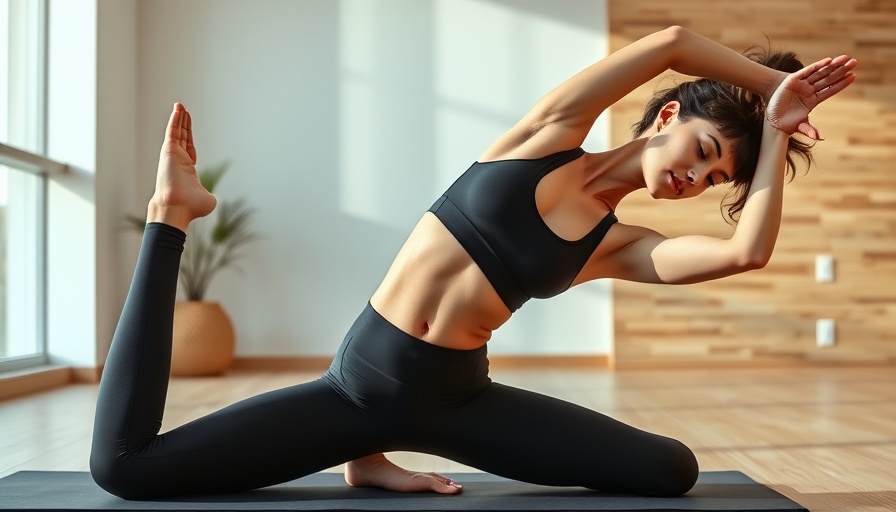
Unpacking the Weight of the Trend
The introduction of weighted vests into the fitness landscape is a paradigm shift in how we perceive everyday activities. Although their utilization dates back to military training and elite sports, the current trend of walking with these vests has caught the attention of casual exercisers. Walking—one of the simplest forms of movement—becomes increasingly beneficial with the addition of extra weight, amplifying its effectiveness without the need to adopt grueling exercise regimens. With the promise of enhanced results, it’s no wonder that more and more people are opting for this straightforward yet transformative activity.
The Surprising Science Behind Weighted Vests
The foundations of the weighted vest trend are rooted in scientific validation that highlights its multifaceted benefits. Adding resistance during walks activates muscles throughout the body, notably targeting the core, hip flexors, and legs. Studies show that gripping and maintaining balance with extra weight not only maximizes calorie burn—up to 15% more—but also effectively bolsters cardiovascular health. Essentially, it's a holistic approach to fitness that folds real, measurable benefits into a simple walk.
Facilitated Functional Fitness: The Why and How
The functional fitness movement emphasizes activities that mimic daily tasks and enhance overall well-being. This trend dovetails beautifully with the weighted vest, which invites individuals to engage more fully with their environment while reaping fitness rewards. Parents and busy adults can seamlessly integrate this into their routines, tackling daily walks with their family while reaping health benefits, reducing stress, and improving mood. It’s about making fitness not just accessible, but enjoyable.
Actionable Insights: How to Get Started
To get the most out of your weighted vest experience, here are some practical tips:
- Start Light: If you’re new to using a weighted vest, begin with a lighter weight—around 5-10% of your body weight is a good starting point. Gradually increase the weight as your body acclimatizes.
- Focus on Form: Maintain correct posture to prevent injury. Keep your core engaged, and remember to breathe steadily throughout your walk.
- Mix It Up: Incorporate intervals of brisk walking to elevate your heart rate further, and play with different terrains to create a more engaging experience.
Incorporating these elements will not only enhance your workout but also strengthen the muscles utilized in daily movements.
Embracing the Change: The Emotional Impact
There’s something uplifting about taking that extra step, literally and figuratively. Feeling the weight of a vest on your shoulders not only strengthens your body but provides a tangible reminder of your commitment to wellness. This journey can inspire self-confidence and ignite a sense of achievement with every stride taken.
A Trend Worth Your Investment
The combination of ease, effectiveness, and enjoyment makes walking with a weighted vest an attractive fitness trend. It serves as a gateway to a healthier lifestyle, ensuring that exercising remains enjoyable rather than a chore. As the trend continues to gain momentum, there’s no better time to hop on board. So grab that vest, step outside, and embark on a journey toward improved wellness.
Now that you understand the multi-dimensional benefits of a weighted vest, it's time to take action. Whether you’re a seasoned fitness buff or just beginning your wellness adventure, walking with a weighted vest can be your key to unlocking new levels of health. Get moving and experience the difference!
 Add Row
Add Row  Add
Add 




Write A Comment